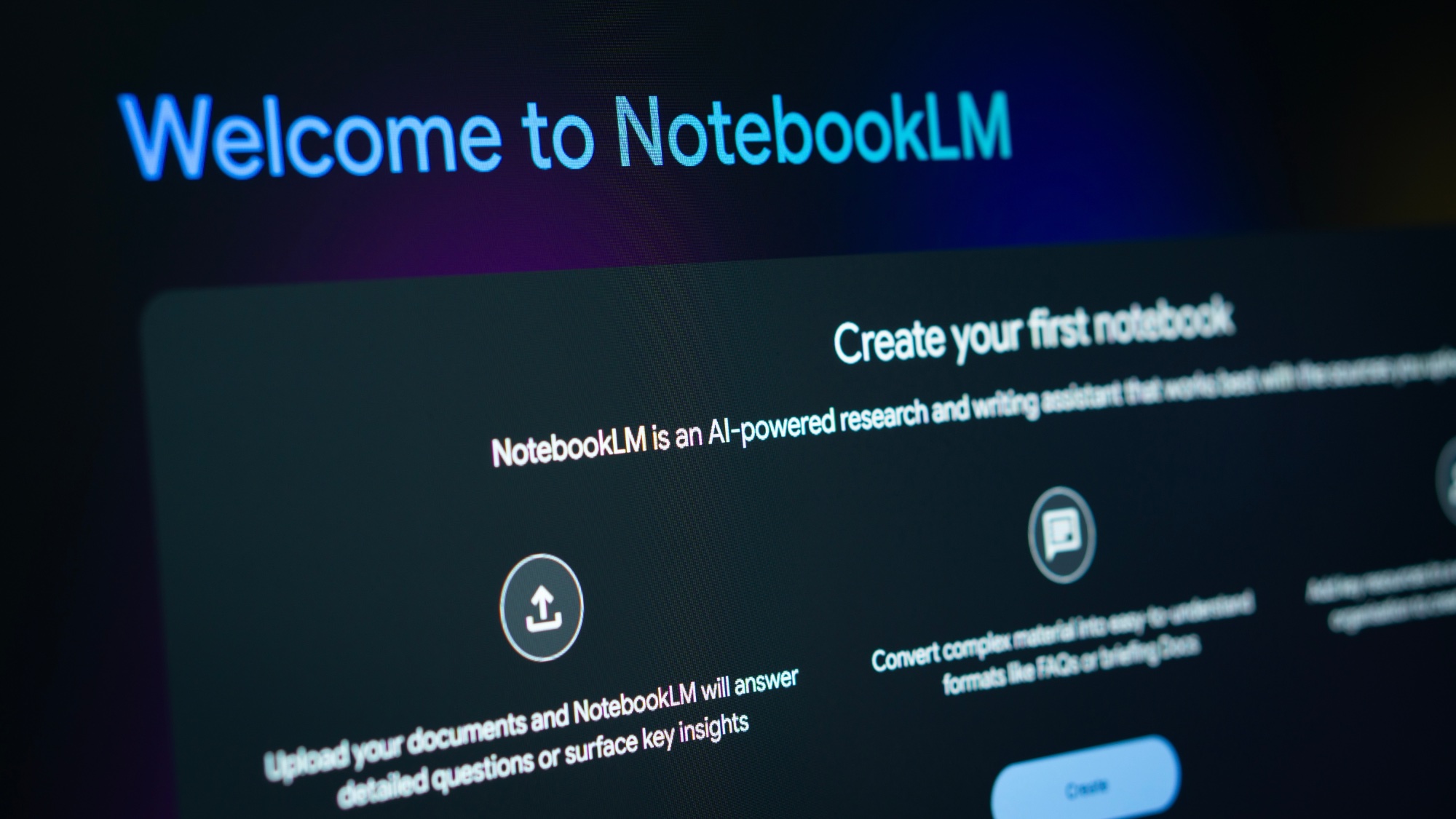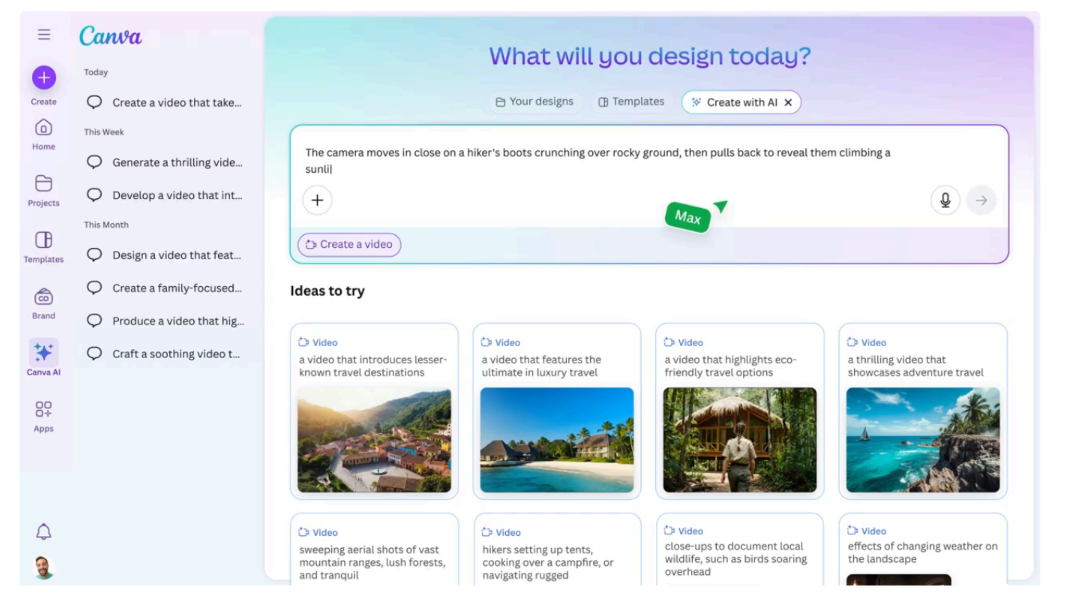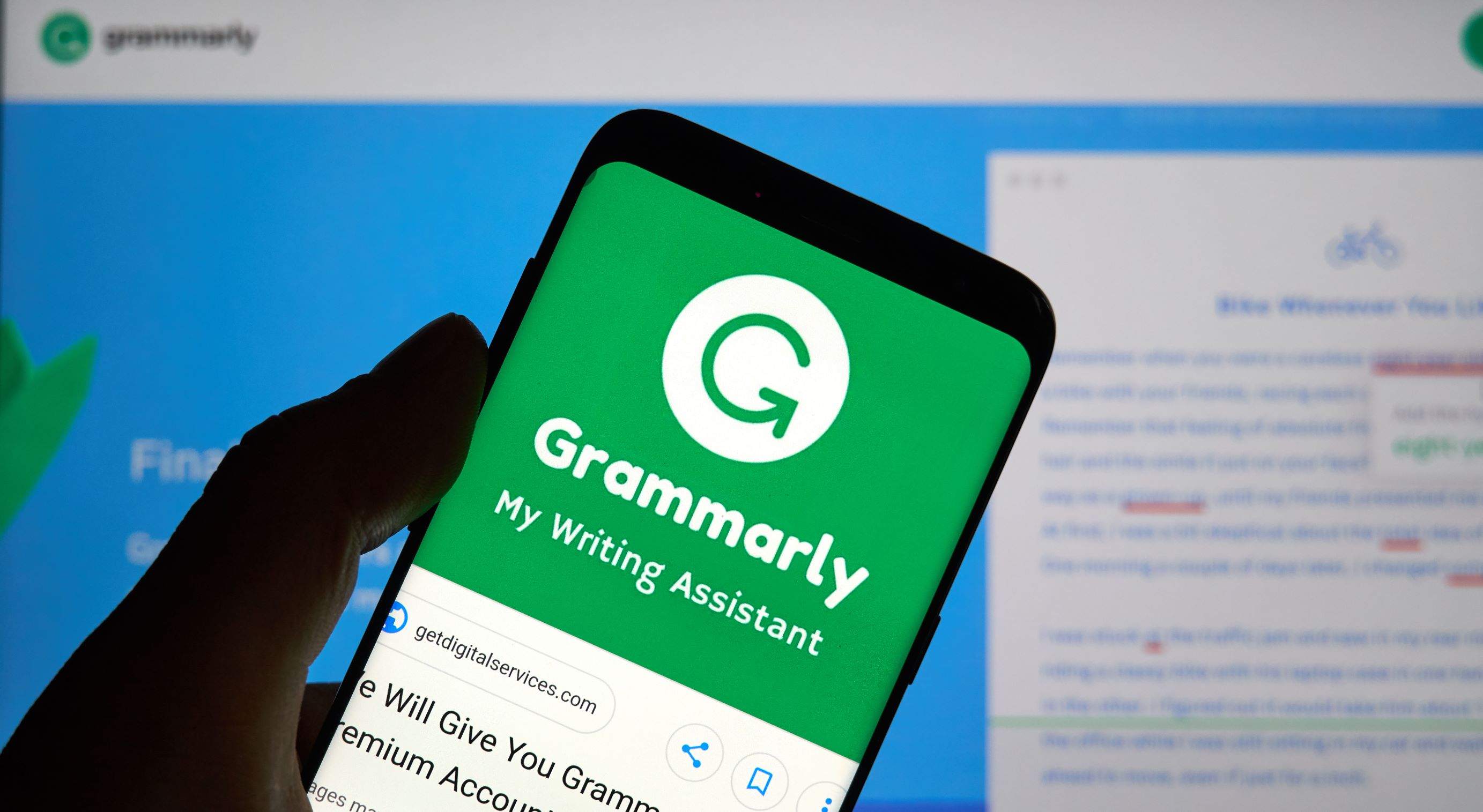5 AI tools students need to excel in 2025 — without cheating
AI-powered tools for getting ahead, not getting in trouble

AI is transforming education by making studying more personalized, efficient and engaging than ever before. From real-time note-taking to custom flashcards, today’s smartest tools are helping students learn in ways that work for them.
But not all AI tools are created equal. The rise of auto-written essays and homework shortcuts has sparked concern among educators who fear students are skipping the learning process altogether.
Yet, a new generation of responsible, student-friendly AI apps is focused on enhancing learning, not replacing it.
Whether you're juggling multiple classes, studying for finals or writing term papers, here are five powerful AI tools that help you stay organized, study smarter and express yourself clearly without crossing the line into cheating.
Norton 360 Deluxe: What's the best tool for a successful school year? Focus. Norton 360 Deluxe's Parental Control gives you the tools to set your kid on the right path, including scheduled screen time, supervised web browsing and a map of their mobile device's location. You'll help your child create habits that will serve them throughout their academic life.
1. ChatGPT Study Mode

OpenAI’s ChatGPT now includes a dedicated Study Mode that turns the chatbot into a personalized tutor.
Just type “/study” and you can select a subject, choose your skill level and pick how you want to learn.
The chatbot will autogenerate flashcards from class notes or create quizzes and Q&A to help students grasp concepts more efficiently.
Students learn faster because the chatbot acts as a personal tutor. Whether prepping for biology, history, algebra or just about any other topic, Study Mode is a low-pressure, high-impact way to reinforce what you’re already learning in class.
2. NotebookLM

Google’s NotebookLM has quietly become one of the most valuable study tools available in 2025.
Get instant access to breaking news, the hottest reviews, great deals and helpful tips.
Unlike ChatGPT, which starts every session from scratch, NotebookLM lets you upload your own documents (class notes, PDFs, study guides) and ask questions about them.
It also generates smart FAQs, mind maps and summaries. Students can also turn their PDFs and study materials into a podcast that they can take with them as they study on-the-go.
Think of it as a cross between a search engine and your favorite tutor that works directly off your syllabus.
Canva Pro with Veo 3

Canva has become a full-fledged creativity partner that can be helpful for major projects or presentations.
With the addition of Google DeepMind’s Veo 3, it’s now a full-fledged AI visual studio. Students can create presentations, videos, infographics and diagrams with minimal effort (and even less graphic design skills).
It’s ideal for group projects or visual learners. Just describe what you need, and Canva will generate visuals, suggest layouts and even help script video content. It’s a creative edge without the stress of starting from scratch.
4. Grammarly

Yes, it still fixes typos, but Grammarly in 2025 is so much more. The AI now offers contextual suggestions, tone adjustments and clarity rewrites that make your writing sharper and more authentic.
It can break down why a sentence is confusing, help you find your voice and even give feedback tailored to academic audiences. You can also run your paper through a plagiarism check to make sure you sited your sources correctly.
Sure, you still have to write the paper, but Grammarly makes sure it lands the way you want it to.
5. Otter.ai

For students who record lectures or meetings, Otter.ai is a game-changer. It transcribes audio in real time, highlights key moments and even generates summaries.
You can search your recordings by keyword or export transcripts to your notes. It’s especially helpful for students with learning differences or anyone who struggles to keep up with fast-talking professors.
Bonus: It works great in study groups, too.
The takeaway
AI can be seen as a supportive study partner; it doesn’t just have to be a shortcut. Students can use it as a springboard, using the tools to help build better habits, retain information and communicate clearly.
And yes, all of this can be done while staying on the right side of academic integrity. As AI becomes more integrated into education, the key isn’t banning it, but learning how to use it wisely.
Follow Tom's Guide on Google News to get our up-to-date news, how-tos, and reviews in your feeds. Make sure to click the Follow button.

Amanda Caswell is an award-winning journalist, bestselling YA author, and one of today’s leading voices in AI and technology. A celebrated contributor to various news outlets, her sharp insights and relatable storytelling have earned her a loyal readership. Amanda’s work has been recognized with prestigious honors, including outstanding contribution to media.
Known for her ability to bring clarity to even the most complex topics, Amanda seamlessly blends innovation and creativity, inspiring readers to embrace the power of AI and emerging technologies. As a certified prompt engineer, she continues to push the boundaries of how humans and AI can work together.
Beyond her journalism career, Amanda is a long-distance runner and mom of three. She lives in New Jersey.
You must confirm your public display name before commenting
Please logout and then login again, you will then be prompted to enter your display name.

